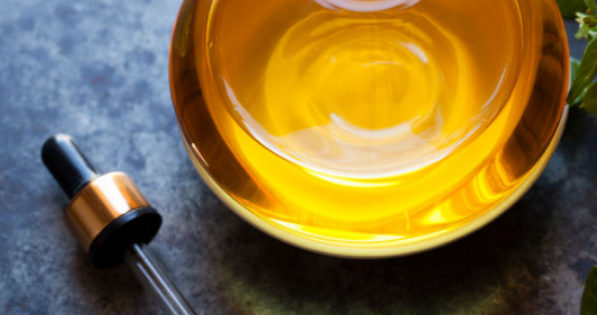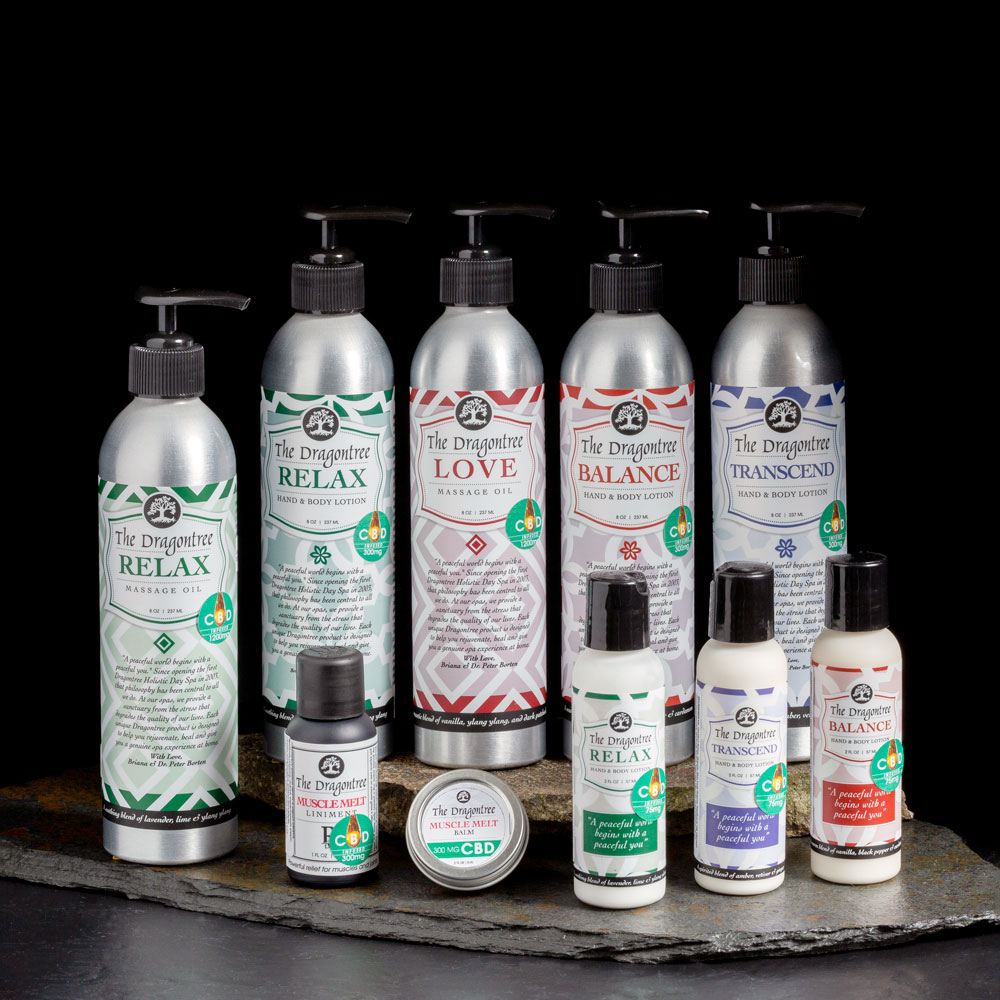Years ago, lying on my dorm room bed at UMass, I was flipping through the course catalog, when somewhere near the Soil Sciences section, a class caught my eye: The Sociology of Drugs. I’ve always found the stories of our relationships with drugs fascinating, so I decided to sign up for it.
It was so eye-opening that I still remember much of what the professor taught. One of the gems of that course was the notion that Americans develop unhealthy relationships with drugs we’ve adopted from other cultures (tobacco is a good example) when we don’t also adopt the context or the rituals that surround their use.
Another big insight was the ways racism shaped drug policy in the U.S. For instance, the passage of the Harrison Narcotics Tax Act of 1914 was fueled largely by the perception of Chinese- and African-Americans as perpetrators of moral decay, enabled by opium and cocaine. And the Marihuana Tax Act of 1937 was promoted by many Whites as an effective device for incarcerating undesirable Blacks and Mexicans.
The criminalization of drug use and the propaganda campaigns that accompanied this legislation had many negative consequences, including forming a powerful mechanism for racial and class divide, supporting a massive for-profit prison system, and blocking access to valuable plants. This last point is of particular interest to me, because patients have sometimes told me of their use of plants which, although illegal, had a dramatic positive impact on their health. Virtually all plants that are legally controlled have a history of therapeutic use in their culture of origin.
As you probably know, George Washington grew hemp (a variety of cannabis with much lower amounts of the mood altering constituent, THC, than that in marijuana), and he considered it to be a valuable cash crop. In fact, the hemp plant can be used to create cloth, rope, paper, food products, and fuel, with a low environmental impact. But all of that ended when it became illegal.
Cannabis was placed in the most restricted category of drugs (Schedule I), reserved for substances with high abuse potential, no medicinal value, and severe safety concerns – none of which actually apply to this plant. Also, no discrimination was made between marijuana as a recreational drug versus hemp as an industrial crop. And due to its illegality, it became very difficult for researchers to obtain permission to study the plant to establish any medicinal value.
Meanwhile, in 1998, the United States government quietly filed for a patent entitled, “Cannabinoids as Antioxidants and Neuroprotectants” (patent number 6,630,507) which discusses the potential uses of constituents of this plant (“cannabinoids”) to protect the brain and nerves from damage. In recent years neuroscientists have discovered a signalling system in the human body called the endocannabinoid system (ECS) which is activated by cannabinoids. That is, we have cannabinoid receptors throughout our central nervous system which respond specifically to the compounds produced by this plant and our body’s own mimics of them – and our government apparently wants a stake in this market.
The nervous system benefits of cannabinoids began to attract a lot of media attention a few years ago due to several high profile cases of parents administering a cannabinoid called cannabidiol, or CBD, to their children with epilepsy. Despite the risk of legal repercussions, they found ways to procure the stuff for their kids because it had a remarkable effect of reducing their seizures.
A Light at the End of the Tunnel
As legislation and enforcement around cannabis has begun loosening up over the past couple decades, it has become easier to conduct research on the plant. It turns out there are a great many cannabinoids, most of them with distinct potential for human health. CBD has become one of the most popular – in part because of its clear value in childhood seizure disorders, but also because it has no psychoactive effects. That is, unlike THC, it doesn’t get people “high.” (It turns out, not everyone wants to be stoned all day.)
Consequently, CBD has been the subject of numerous research studies. The authors of one report stated, “We found that existing preclinical evidence strongly supports CBD as a treatment for generalized anxiety disorder, panic disorder, social anxiety disorder, obsessive–compulsive disorder, and post-traumatic stress disorder. . .”2 Another article, entitled, In vivo Evidence for Therapeutic Properties of Cannabidiol (CBD) for Alzheimer’s Disease, claimed that CBD (and combinations of CBD with THC) can reverse and prevent cognitive deficits in rodents.11 There has also been promising research demonstrating anti-inflammatory effects, anti-cancer effects, and pain-relieving effects.1 – 13
Industrial hemp still can’t be grown in most states, but we’re getting there. George Washington’s Mount Vernon estate just planted a few acres of it to stimulate discussion on the topic. And numerous states now allow either medical use or recreational use of marijuana. As for CBD, because it isn’t mood altering and has an excellent safety profile, it is (as far as I know) legal throughout the U.S., provided the products it’s sold in don’t contain any THC (less than 0.3%, technically).
We have recently begun incorporating topical CBD (isolated from hemp with zero THC) into some of our massages at The Dragontree and our clients have raved about it – they almost universally report feeling great afterwards. Starting today, we’re also incorporating it into some of our topical balms, lotions, and massage oils.
It’s amazing (and sad) to think of all the people who lacked access to this and other beneficial plants, not to mention the thousands who have been imprisoned for possessing them. Hopefully, we can heal this wound from our past, rediscover the benefits of these gifts from nature, and create our own rituals for healthy use.
Be well,
Dr. Peter Borten
Sources:
- Bienenstock, D. (2014, June 09). A Comprehensive History of Marijuana’s Epilepsy-Treating Compound, CBD. Retrieved from https://www.vice.com/en_us/article/mv53yp/desperately-seeking-cbd
- Blessing, E. M., Steenkamp, M. M., Manzanares, J., & Marmar, C. R. (2015). Cannabidiol as a Potential Treatment for Anxiety Disorders. Neurotherapeutics,12(4), 825-836. doi:10.1007/s13311-015-0387-1
- Burstein, S. (2015). Cannabidiol (CBD) and its analogs: A review of their effects on inflammation. Bioorganic & Medicinal Chemistry,23(7), 1377-1385. doi:10.1016/j.bmc.2015.01.059
- Crippa, J. A., Derenusson, G. N., Ferrari, T. B., Wichert-Ana, L., Duran, F. L., Martin-Santos, R., . . . Hallak, J. E. (2010). Neural basis of anxiolytic effects of cannabidiol (CBD) in generalized social anxiety disorder: A preliminary report. Journal of Psychopharmacology,25(1), 121-130. doi:10.1177/0269881110379283
- Hammell, D., Zhang, L., Ma, F., Abshire, S., Mcilwrath, S., Stinchcomb, A., & Westlund, K. (2015). Transdermal cannabidiol reduces inflammation and pain-related behaviours in a rat model of arthritis. European Journal of Pain,20(6), 936-948. doi:10.1002/ejp.818
- Leweke, F., Koethe, D., Gerth, C., Nolden, B., Schreiber, D., Gross, S., . . . Klosterkotter, J. (2007). Cannabidiol as an antipsychotic agent. European Psychiatry,22. doi:10.1016/j.eurpsy.2007.01.084
- Massi, P., Solinas, M., Cinquina, V., & Parolaro, D. (2013). Cannabidiol as potential anticancer drug. British Journal of Clinical Pharmacology,75(2), 303-312. doi:10.1111/j.1365-2125.2012.04298.x
- Nagarkatti, P., Pandey, R., Rieder, S. A., Hegde, V. L., & Nagarkatti, M. (2009, October). Cannabinoids as novel anti-inflammatory drugs. Retrieved from https://www.ncbi.nlm.nih.gov/pubmed/20191092
- Rahn, E. J., & Hohmann, A. G. (2009). Cannabinoids as pharmacotherapies for neuropathic pain: From the bench to the bedside. Neurotherapeutics,6(4), 713-737. doi:10.1016/j.nurt.2009.08.002
- Shannon, S. (2016). Effectiveness of Cannabidiol Oil for Pediatric Anxiety and Insomnia as Part of Posttraumatic Stress Disorder: A Case Report. The Permanente Journal. doi:10.7812/tpp/16-005
- Treatment-resistant epilepsy in children: New hope from cannabidiol. (2017). Clinical Pharmacist. doi:10.1211/cp.2017.20202894
- Watt, G., & Karl, T. (2017). In vivo Evidence for Therapeutic Properties of Cannabidiol (CBD) for Alzheimers Disease. Frontiers in Pharmacology,8. doi:10.3389/fphar.2017.00020
- Young, S. (2013, August 07). Marijuana stops child’s severe seizures. Retrieved from https://www.cnn.com/2013/08/07/health/charlotte-child-medical-marijuana/index.html



 Cart
Cart


I learned SO MUCh last weekend attending the third annual cannibus festival in downtown PDX. Have never smoked weed (except all the secondhand smoke, now quite prevalent) but have been buying in tinctures, oils, and teas in order mostly to help someone else with their issues. Great article, once again, Dr. Borten!! (My friend left the festival with twenty-two FREE joints. Whoa, what an event. I got my first ever henna FREE…so much free stuff…cotton candy, snow cones, dark chocolate coated marshmallows, ice-cream sundaes. Even the event was free. You did have to preregister and have a ticket at the door. Started at 11 then the wrist bands expired and a new color entered at 3 p.m. Lots of dobs (that was new to see, for me), pens, pipes all being sampled…still I didn’t imbibe no “need” to do so. But I do like being educated and aware. Muchas Gracias…once again!!
That’s great to hear, Susan! Go easy on the cotton candy 😉
– Peter
Hello!
I am a big fan of Dragon Tree, particularly the airport spa. We need more of those in more airports!
Informative article. The whole issue with drugs is the word abuse. Anything is great if “used” appropriately. Drugs save lives! Alcohol, coffee, even food can be abused. So if something has benefits, it’s worth exploring. However, given how we all struggle with balancing, life – work, eating, exercising, the last thing we need is something that just might take control of us. A better way to handle anxiety and or other disorders is through mindfulness practices. Psycho-spirituality has more solutions. A pathway to bliss is possible through meditation.
btw I graduated in 1983 with an MS in Plant and Soil Sciences. My thesis was on in-vitro propogation of a forest tree. Just wondering if the author was my contemporary in the Department 🙂 Wish I had known, then, about the Center for Mindfulness at the UMass Medical School. A degree from there may have been more useful!
Hi Lakshmi! I agree with your insights on drug use/abuse. And the better alternative (when possible) of managing our challenges without external substances. Also, good to meet another UMass alum! You were there a few years before me, but I bet we had some of the same faculty – I have good memories of working with Drs. Bramlage and Barker.